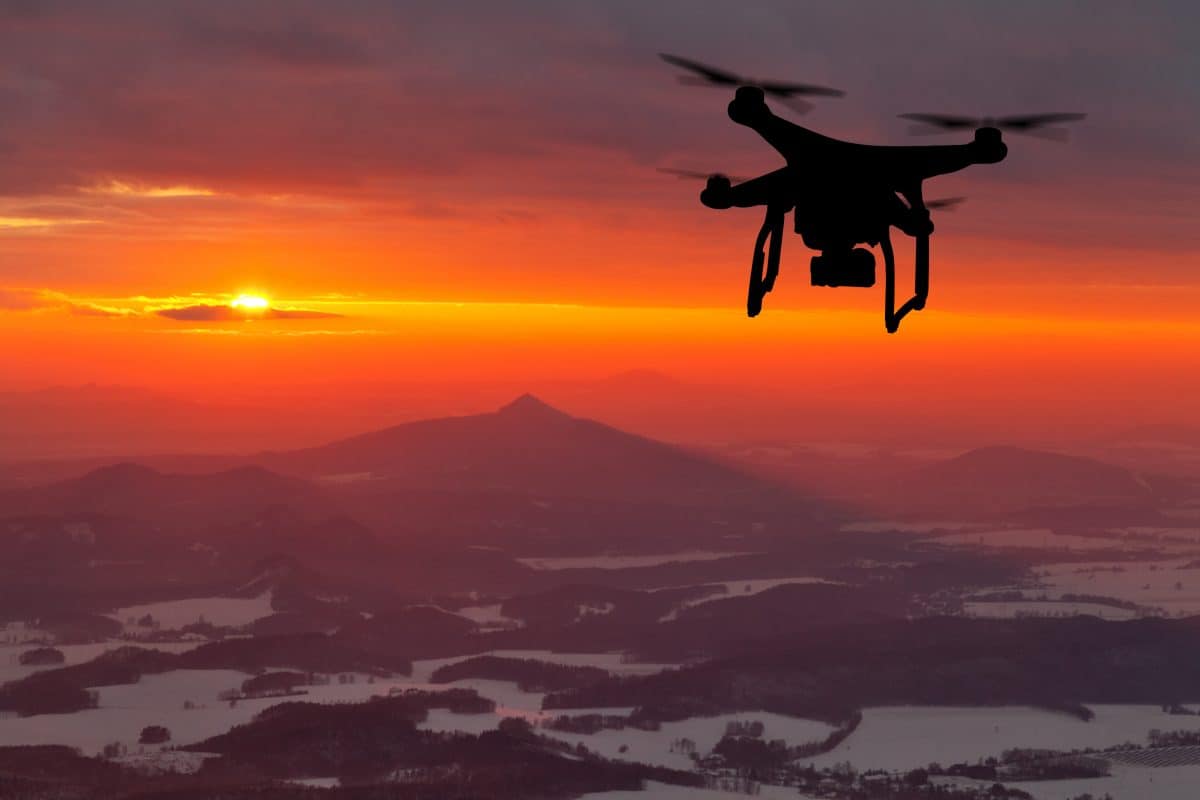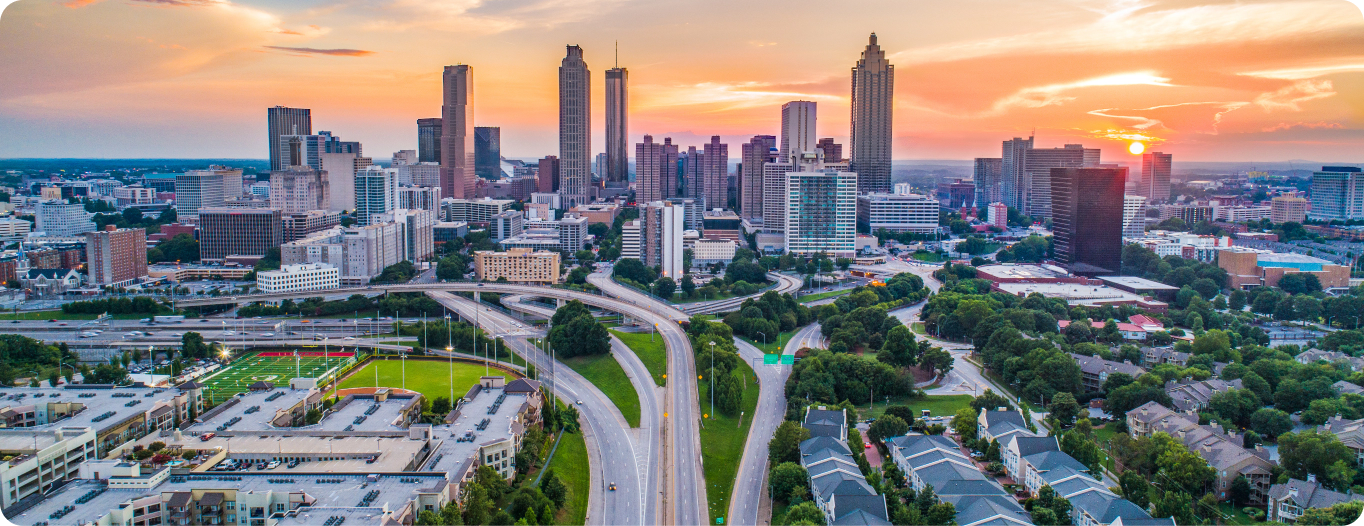Transform Your Point Of View: The Art and Scientific Research Behind Drone Photography
Drone photography represents a significant intersection of creative vision and technological technology, making it possible for makers to capture point of views formerly unattainable. Recognizing the technicians of drone modern technology, from tools options to composition techniques, is important for achieving engaging imagery. Furthermore, factors to consider such as illumination and environmental conditions can exceptionally influence the final result. As photographers fine-tune their skills in both airborne strategy and post-processing, they unlock a richer narrative potential. What absolutely distinguishes efficient drone photography from mere aerial photos? Exploring this concern reveals much deeper understandings right into the craft and its advancing landscape.
Recognizing Drone Modern Technology
Recognizing drone modern technology is necessary for anyone thinking about utilizing its capacities for digital photography. Drones, or unmanned airborne vehicles (UAVs), rely on a combination of equipment and software program to attain flight and capture imagery. At their core, these gadgets are equipped with sensors, video cameras, and navigating systems that enable them to fly autonomously or be regulated from another location.
The primary elements of drone modern technology consist of the trip controller, which functions as the brain of the drone, processing data from various sensors to ensure stable flight. Additionally, GPS innovation plays an essential duty in navigating, enabling drones to adhere to pre-defined flight courses and keep their setting even in challenging problems.

In addition, recognizing the regulative landscape surrounding drone use is essential, as it controls where and exactly how drones can be operated, ensuring safety and security and conformity. Experience with these elements of drone technology encourages digital photographers to optimize their innovative capacity while adhering to legal standards.
Necessary Tools for Drone Digital Photography
Picking the appropriate equipment is important for accomplishing phenomenal lead to drone photography. At the heart of this setup is the drone itself, which ought to be selected based on flight stability, electronic camera high quality, and convenience of use. Popular versions commonly feature integrated high-def video cameras that record spectacular airborne photos.
In addition to the drone, buying a high-quality cam is important. Several drones come geared up with electronic cameras with the ability of capturing in 4K resolution, however, for professional-grade outcomes, consider a drone that enables compatible cams or supports bigger sensors. This flexibility can substantially boost photo quality.
Stabilization is one more vital element. A three-axis gimbal is suggested for smooth video, reducing vibrations that can take away from image clarity. In addition, added batteries and a trusted charger guarantee prolonged trip time, permitting for more extensive shoots.
Grasping Structure Methods
Grasping make-up methods is fundamental to elevating your drone photography from normal to amazing. A well-composed picture catches the audience's attention and conveys an effective story.
One of the important principles to consider is the regulation of thirds, which entails separating your framework right into a grid of 9 equivalent parts. Positioning crucial elements along these lines or at their intersections creates aesthetic interest and balance. In addition, leading lines can assist the customer's eye with the picture, accentuating the subject and including deepness.
One more efficient technique is mounting, where natural environments such as trees or structures encase the topic, improving the prime focus. This approach not only gives context however also produces a sense of affection within the scene.

Finally, always be mindful of the perspective line. A jagged perspective can sidetrack and take away from an or else exciting picture. By grasping these structure techniques, you can substantially improve the effect of your drone digital photography.
Lighting and Climate Considerations
In drone digital photography, the interaction of lighting and climate can considerably influence the high quality and state of mind of your images. Ideal lights conditions are critical; the golden hours-- quickly after dawn and prior to sundown-- provide soft, wikipedia reference diffused light that enhances shades and lessens extreme shadows. Throughout these times, the landscape shows up extra vibrant and vivid, enabling breathtaking aerial shots.
On the other hand, cloudy skies can generate a level, muted palette, yet they can likewise supply also lighting that reduces contrast and highlights details in the atmosphere. This can be advantageous for recording textures in urban settings or complex patterns in nature.
Climate problems, such as fog, rain, or snow, can additionally include unique components to your photography. Fog can produce a feeling of enigma, while rain can improve colors and saturate the landscape. Nonetheless, it is vital to think about the security of your drone; flying in negative weather can cause tools damages or loss of control.
Ultimately, recognizing exactly how lighting and climate affect your aerial shots enables you to select the optimal conditions for your drone photography, making sure engaging and aesthetically striking pictures.
Post-Processing Idea
After capturing spectacular aerial photos, the following action entails refining those shots through post-processing. This important stage improves the visual influence of your photos, allowing you to highlight the unique viewpoints that drones offer.
Beginning with software program tools like Adobe Lightroom or Photoshop, which offer durable modifying abilities. Begin by fixing direct exposure and white equilibrium to guarantee that your colors show up realistic. Utilize histogram checks to attain ideal brightness degrees, staying clear of too much exposure or loss of information in darkness.
Next, improve contrast to include depth to your pictures. Changing clearness can hone essential details without introducing sound, which is especially beneficial in airborne shots where appearance plays a considerable role. Do not avoid cropping; this can assist concentrate the viewer's interest on the major subject.
Think about applying a minor vignette to lead the visitor's eye toward the center of the image. By grasping these post-processing methods, you can raise your drone photography to new heights.
Final Thought

What absolutely distinguishes reliable drone photography from plain aerial photos? Lots of drones come equipped with electronic my company cameras capable of capturing in 4K resolution, but for professional-grade outcomes, consider a drone that enables for interchangeable cams or supports larger sensing units. By grasping these hop over to here composition strategies, you can substantially enhance the effect of your drone photography.
In drone digital photography, the interplay of lights and weather condition can drastically influence the top quality and state of mind of your photos (aerial photographer spokane). By grasping these post-processing techniques, you can boost your drone photography to brand-new elevations